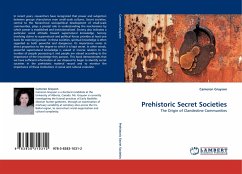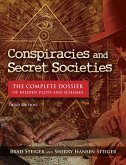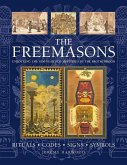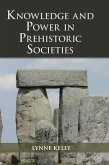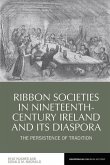In recent years, researchers have recognized that power and subjection between groups characterize even small-scale cultures. Secret societies, central to the hierarchical sociopolitical development of small-scale communities, plays a pivotal role in understanding the mechanisms by which power is established and institutionalized. Secrecy also indicates a particular social attitude toward supernatural knowledge. Secrecy involving claims to supernatural and political forces provides at least one basis for exercising power. In these societies, spiritual knowledge is often regarded as both powerful and dangerous. Its importance varies in direct proportion to the degree to which it is kept secret. In other words, powerful supernatural knowledge is valued in inverse relation to the number of people possessing it and people are valued according to the importance of the knowledge they possess. This book demonstrates that we have sufficient information at our disposal to begin to identify secret societies in the prehistoric material record and to monitor the importance of these institutions in social and cultural evolution.
Bitte wählen Sie Ihr Anliegen aus.
Rechnungen
Retourenschein anfordern
Bestellstatus
Storno

